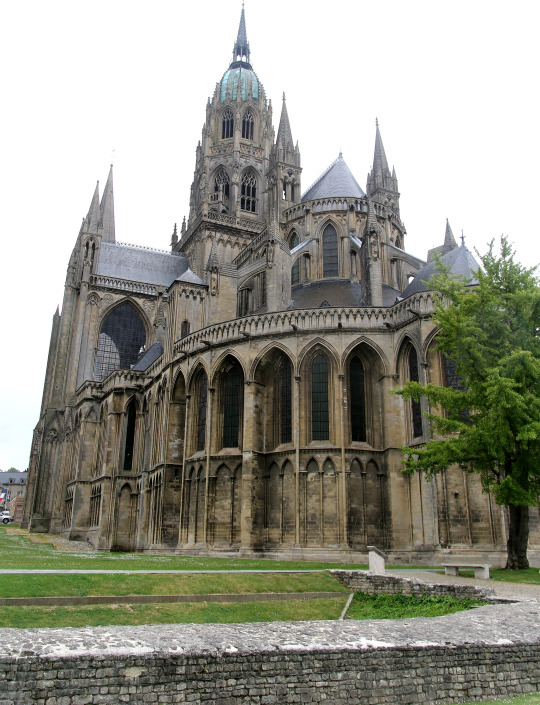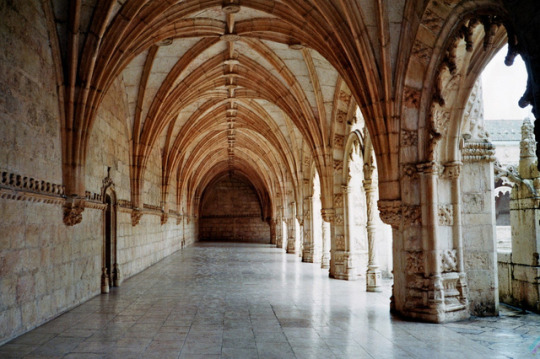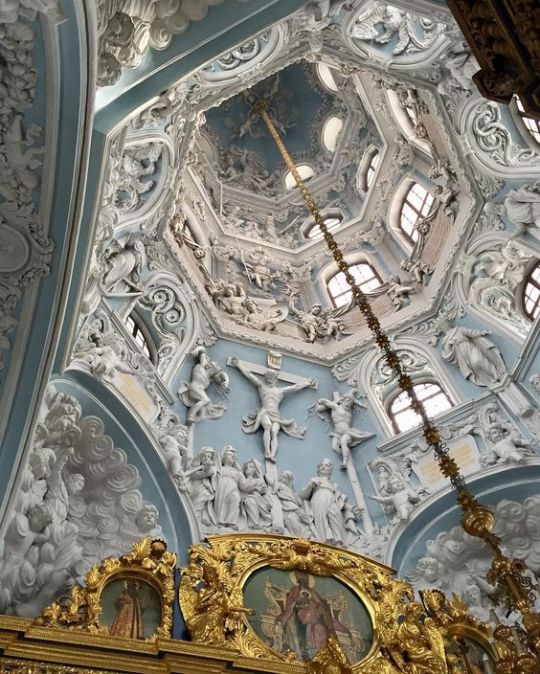Text

The shrine of St Caillín of Fenagh was made in 1536. It features several figures etched into a silver frame. The figures are tiny, the silver strips that bear them are less than 1 cm wide (approx. 3/8 in).

They are nevertheless important, because they are one of the few surviving portrayals of 16th century Gaelic Irish dress created by an Irish artist.

The first figure is believed to be Margaret O'Brien who is mentioned in the inscription on the shrine. She may be wearing a gown with a split-front skirt showing an embellished petticoat or forepart underneath. Gowns of this style were worn by Anglo-Irish women like Marion Sherle, wife of Sir Christopher Barnewall, in this 1589 effigy:

Similar gowns were popular in England during the 16th century.
The other figures on the shrine are believed to represent members of the O’Ruairc clan. According to its inscription, the creation of the shrine was commissioned by Brien O'Ruairc.

They are similarly dressed in bratanna and hats, some may have veils under their hats.

One woman wears a wimple similar to the 'civil' Irish woman on John Speed's map of the kingdom of Ireland.
Information about the shrine was taken from a presentation by Paul Mullarkey of the National Museum of Ireland, accessible here: https://www.ria.ie/shrine-st-caillin-fenagh-and-its-place-irish-late-medieval-art
22 notes
·
View notes
Photo

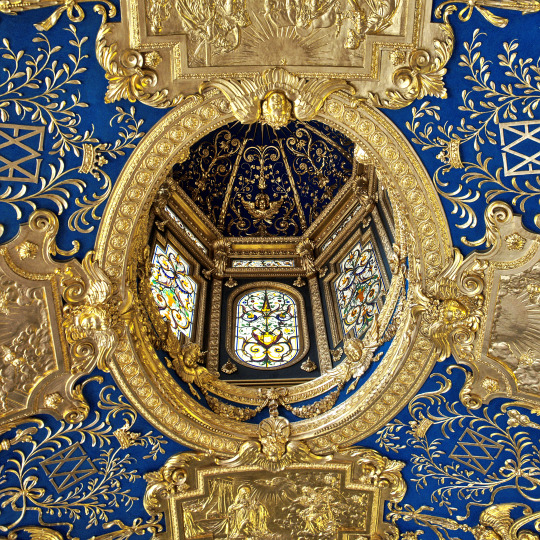
Rich Chapel, the baroque ceiling - Munchen, 2015
196 notes
·
View notes
Text
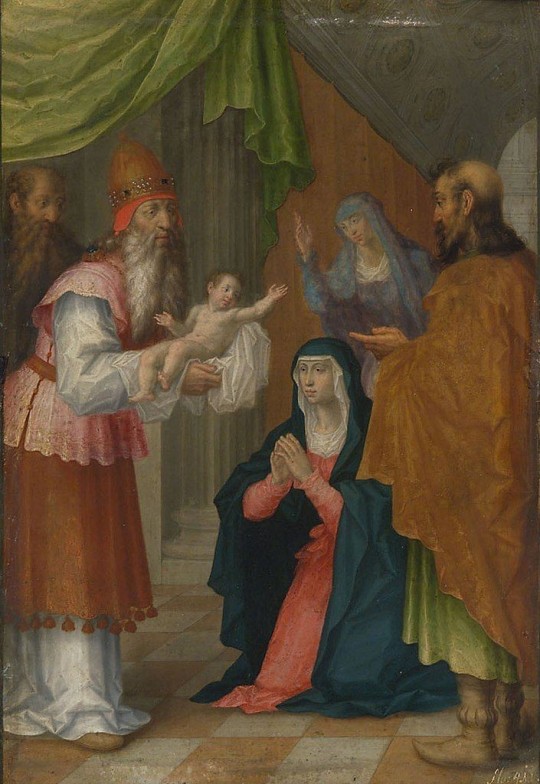
The Presentation of Christ in the Temple, ca. 1600
Anonymous Artist
Kunsthistorisches Museum, Vienna, Austria
23 notes
·
View notes
Photo

The Great Dish from the Mildenhall treasure. Dating from the 4th century AD, it was found near Mildenhall, Suffolk, in the mid-1940s. The hoard represents one of the most important collections of late-Roman silver tableware from the Roman Empire.
94 notes
·
View notes
Photo
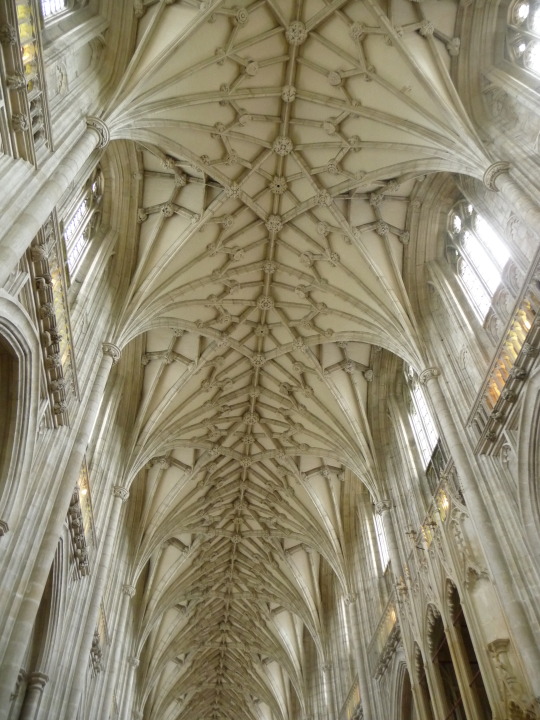
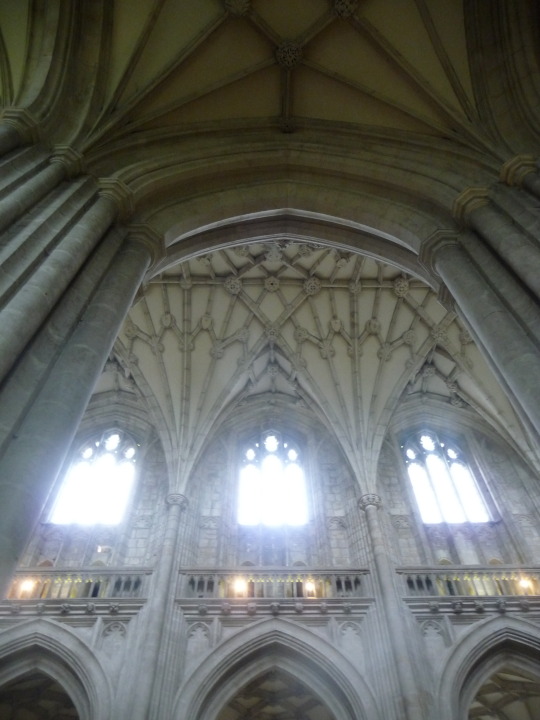
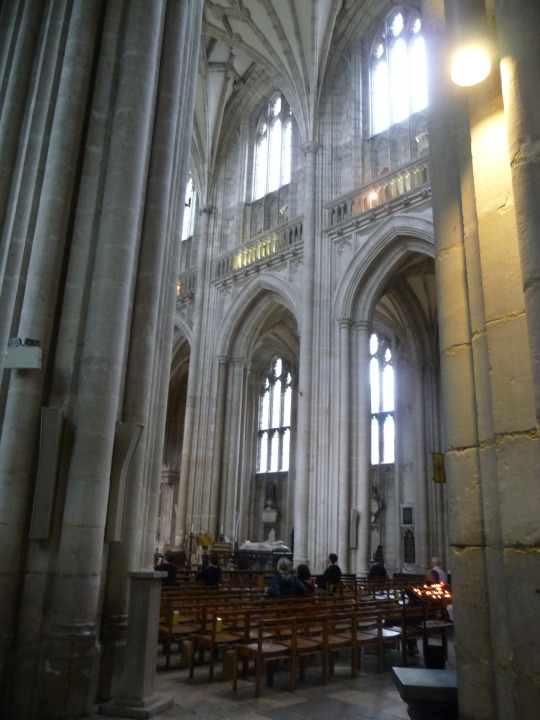

More photographs of the architecture in Winchester Cathedral. It’s so beautiful go and look for yourself, and look at the Jane Austen grave.
237 notes
·
View notes
Text
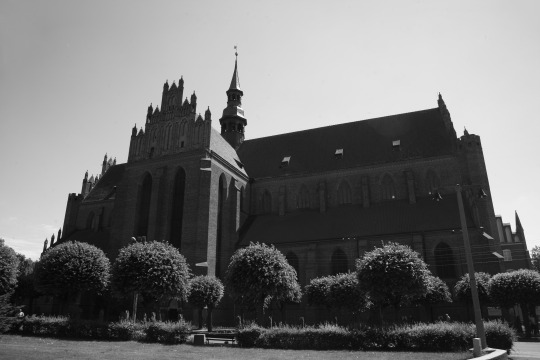
Pelplin Cathedral and The Barely Visible Moon, 04.07.2022
29 notes
·
View notes
Photo

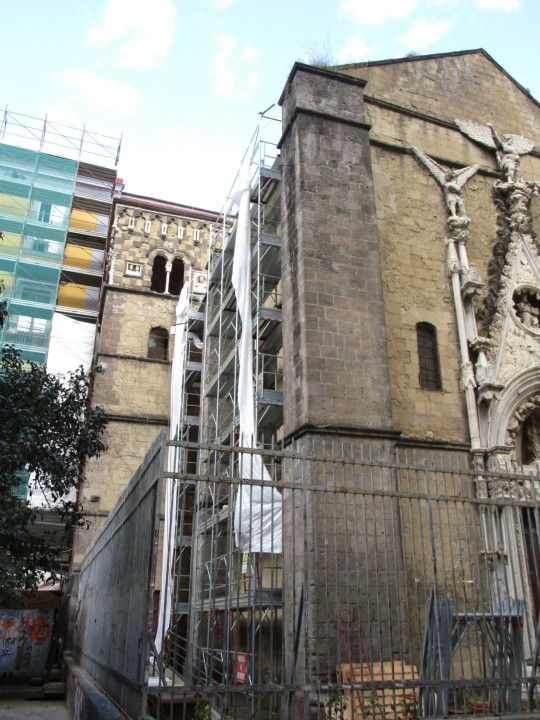
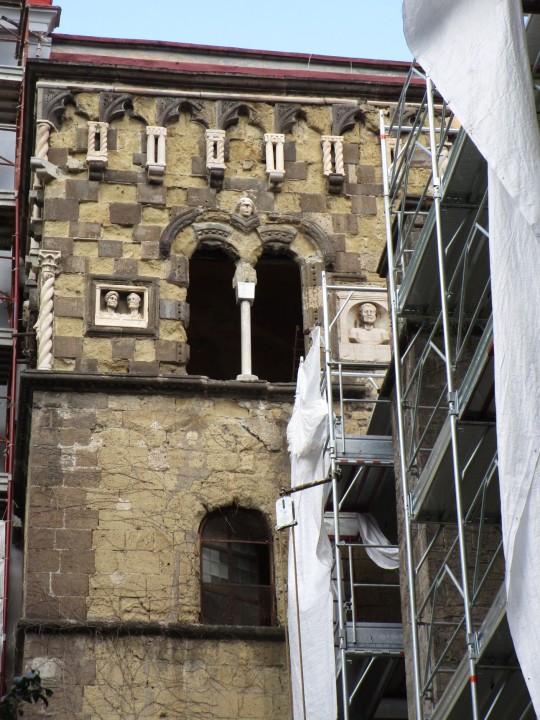

The Pappacoda Chapel in Largo San Giovanni Maggiore in Naples was built in 1415 to house the tombs of the family of Artusio Pappacoda, advisor to King Ladislaus I of Anjou. The outer walls are made of yellow tuff, a type of lava rock that was plentiful in areas of volcanic activity. The upper facade of the belltower incorporates fragments of Roman architecture and sculpture. The chapel’s best feature is the Flamboyant Gothic portal by Antonio Baboccio da Piperno, one of the most famous artists of his time. It is made of white marble and piperno, a dark gray variety of lava rock. The design prominently features the archangels Michael, Raphael, and Gabriel.
The interior of the chapel is not open to the public. In the late 18th century, the 15th century frescoes were erased and it was stripped of most of the original decorations by a descendant of the Pappacoda family who then had an inscription carved to congratulate himself for restoring the chapel.
Over the years, looters plundered the statues from all the niches of the portal, prompting the caretakers to erect a fence to prevent further vandalism. In 2018 the portal was in danger of collapsing, requiring emergency intervention. As you can see, the preservation of the building was still underway earlier this year.
Photos by Charles Reeza, April 2022
37 notes
·
View notes
Photo

Chapel of the Immaculate Conception - Reims Cathedral
Photo by Charles Reeza
7K notes
·
View notes
Photo
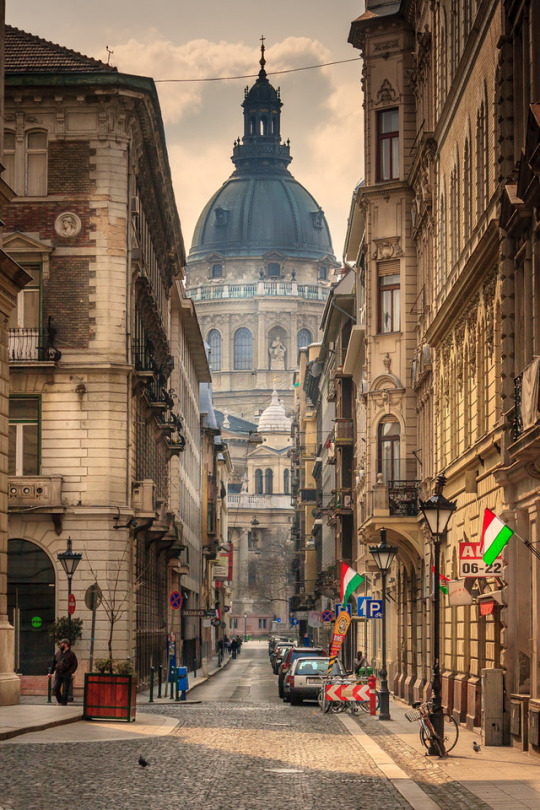
St. Stephen’s Basilica, Budapest (by David Curry)
3K notes
·
View notes
Text
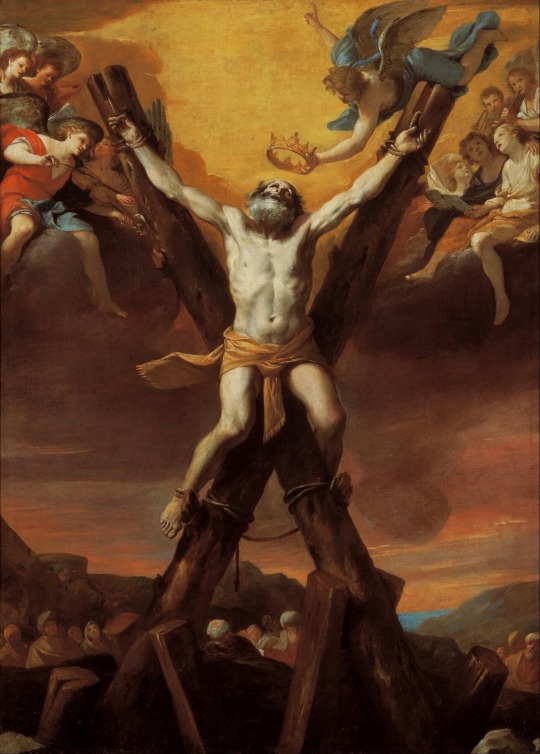
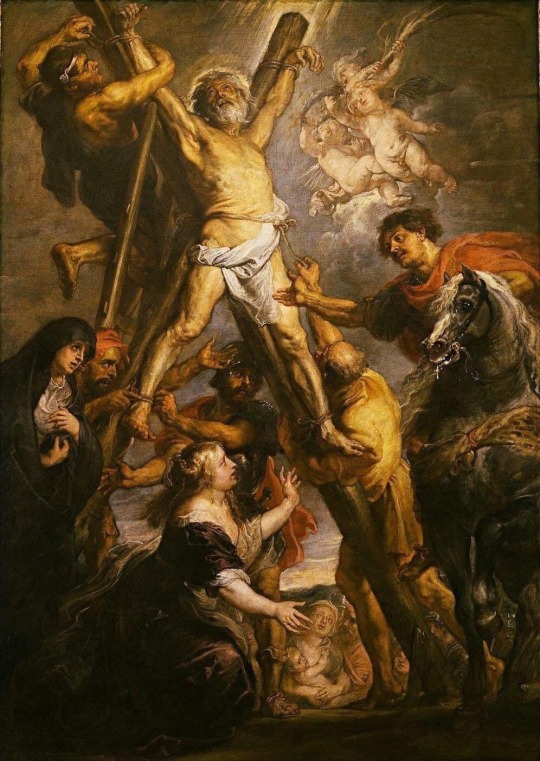
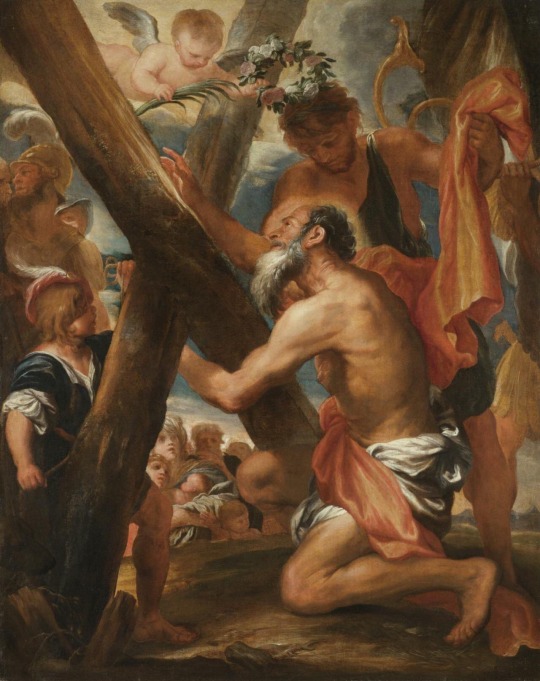
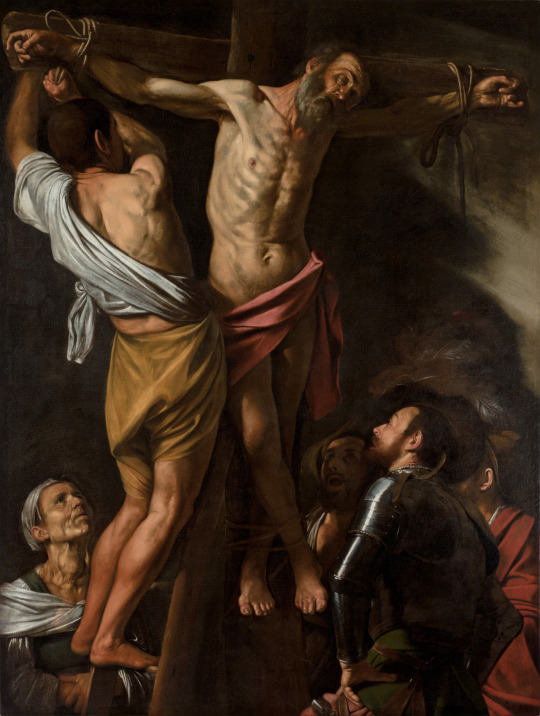


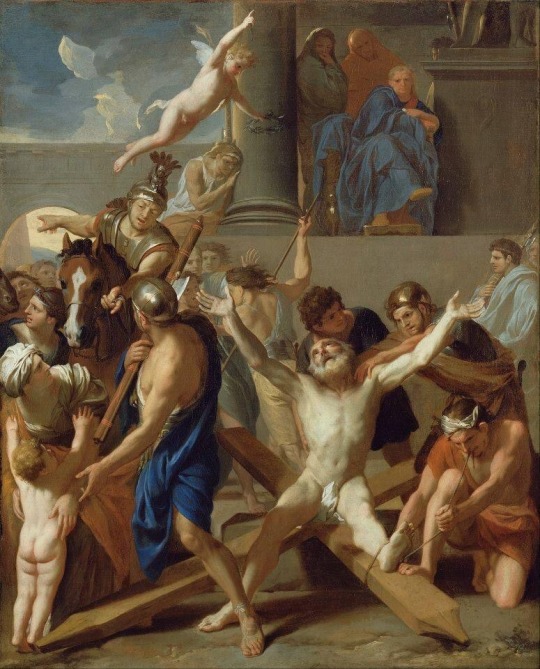
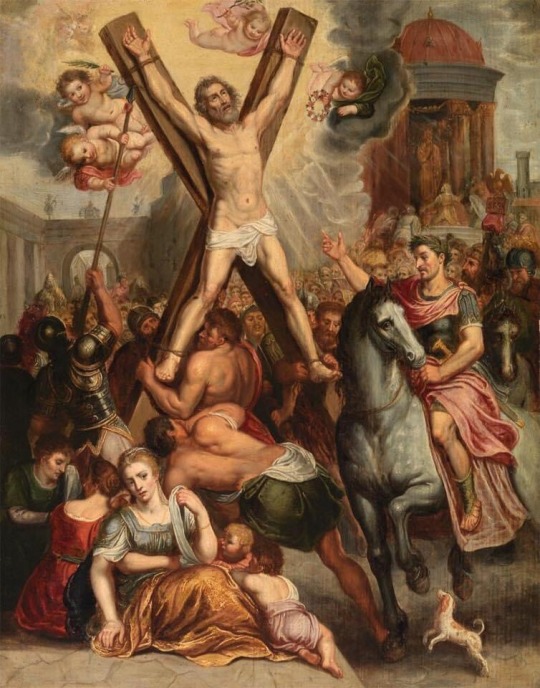
Hodie XXX novembris... Sancti Andreae Apostoli.
#St. Andrew The apostle
81 notes
·
View notes
Photo
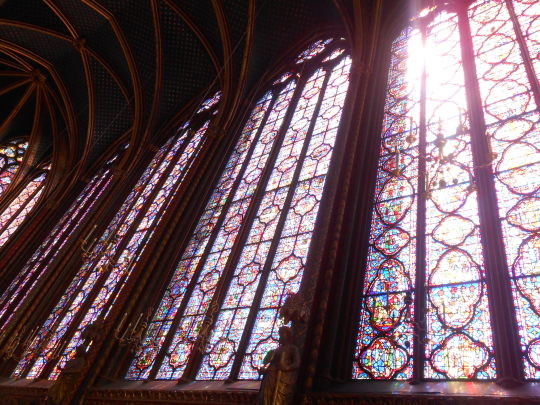

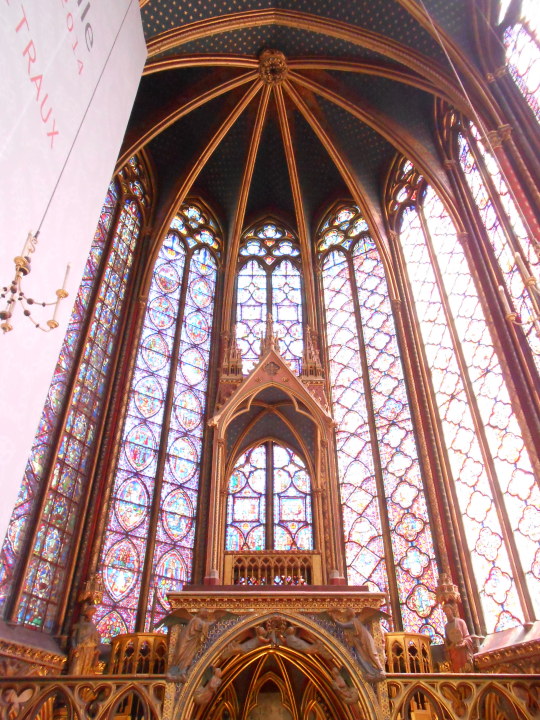

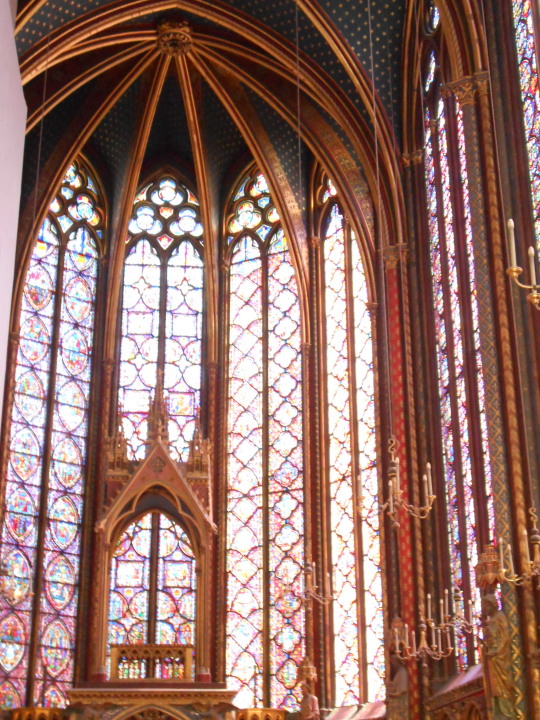

Sainte Chapelle commissioned in the thirteenth century by King Louis IX to house his Relics of Christ. The walls in the upper chapel (where the relics were kept) are almost entirely made up of those enormous stained glass windows and walking into this room literally took my breath away.
341 notes
·
View notes
Text
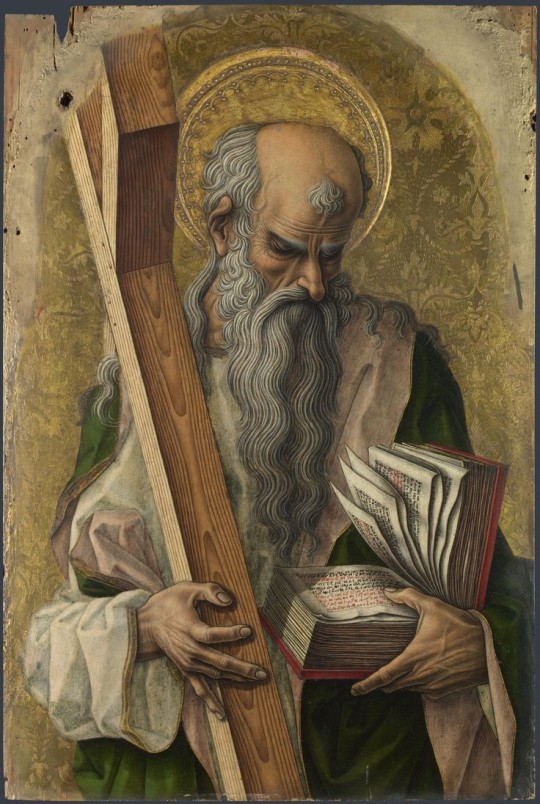
Saint Andrew, altarpiece, 1476
Carlo Crivelli, 1435-1495
The National Gallery, London, UK
178 notes
·
View notes
Photo
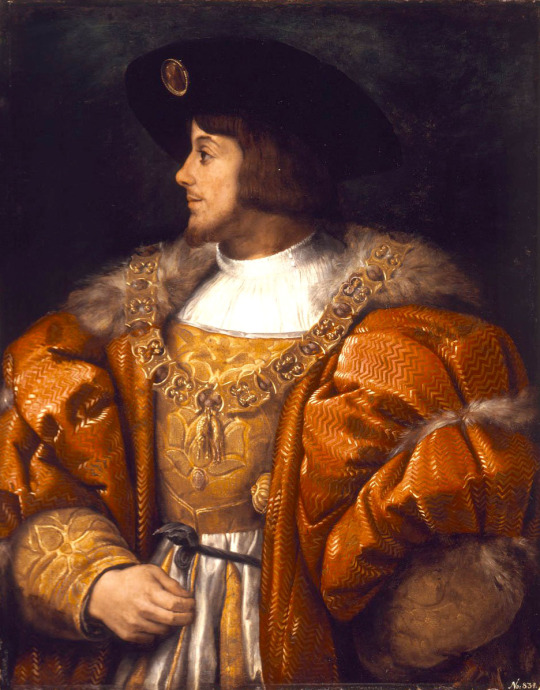
16th century Unknown Italian artist - Louis II of Hungary and Bohemia
(Museum of Fine Arts, Budapest)
290 notes
·
View notes
